So, What On Earth Is Perioral Dermatitis?
Also known as: the middle child of skin conditions.
Not acne but not eczema, perioral dermatitis is a misunderstood condition. Easy to palm off as redness or a bit of dry skin, it often isn’t until it’s out of control that we take notice. Cue: panic. And that’s why, when it comes to the red rash, we don’t know as much as we should.
Until recently (or, if we’re being specific, until quarantine) perioral dermatitis was a distant threat and a skin condition that not many of us even considered. But it’s more common than you think. Often brought on by heightened stress levels, changes in our hormones (e.g. from menstrual cycles, pregnancy or just, life) and the beauty junkie urge to try every new beauty product on the market, the condition is a hard one to identify in its early stages. Not only that, but treating it can feel like you’re fighting a losing battle – but that’s where we come in.
Here, we’ve enlisted the help of dermatologist, Dr Shyamalar Gunatheesan, to help us get to the bottom of exactly what perioral dermatitis is. Plus, how to identify and treat this inflammatory skin monster.
What Is Perioral Dermatitis?
To start, let’s get clear about what perioral dermatitis is not: “It is not acne and it is not eczema, both of which it can get wrongly diagnosed as,” says Dr Gunatheesan. “This is a particularly big issue when it comes to eczema because they prescribe a topical steroid to treat it, which can actually exacerbate perioral dermatitis and make it considerably worse.”
How to tell the difference? Perioral dermatitis is an inflammation of the skin that starts around the nose and moves down to the mouth area. (Think: those little, irritated red spots that can sometimes itch or burn but never come to a head.) According to Dr Gunatheesan, check in with a dermatologist or skin specialist (as opposed to your doctor) to get a diagnosis as they’re more likely to pick it up right away.
What Causes Perioral Dermatitis?
Put simply, it comes down to a disruption to the skin’s epidermal barrier. “This could be because of stress, over-using nasal sprays and eye drops, over-exfoliating or using too harsh a cleanser,” says Dr Gunatheesan.
Did you notice a flare up during isolation? This is likely due to the heightened stress levels and excessive snacking (um, yes, hi, hello) during lockdown. As the triggers are mostly based in our hormones, certain birth control pills have also been known to cause the condition, particularly for women in their 20s and 30s. Other causes can include heavy steroid creams, pregnancy, fluorinated toothpaste (which somehow always makes its way to the sides of our mouth) and using a sunscreen that is too heavy for your skin type.
How Do You Treat It?
First and foremost, go see a dermatologist or skin specialist for a professional diagnosis. “Depending on the severity, we would usually prescribe an antibiotic,” says Dr Gunatheesan. “This is not necessarily to fight an infection but more so just to balance the skin from the inside and treat the inflammation.”
From there, Dr Gunatheesan wants you to reassess your skin care routine. “I would recommend adding in a vitamin B serum, like a niacinamide (such as Alpha H Vitamin B Serum, $69.95) or a vitamin C serum (try Summer Fridays CC Me Serum, $103) as they both work to repair the skin’s barrier.” She also suggests looking into a gentle, lipid-rich cleanser (Gritty Pretty loves the CeraVe Hydrating Cleanser, $12.99) as this will strengthen your epidermal barrier and cell membrane.
The biggest thing to remember? This skin condition requires a bit of patience. “It often gets worse before it gets better,” says Dr Gunatheesan. So, stick it out for at least six weeks and you should start to see some changes.
Can You Prevent It?
In two words: kind of? “Since it is, more often than not, triggered by a hormonal response or imbalance, it can be hard to prevent topically,” advises Dr Gunatheesan. “However I would definitely avoid over-cleansing and over-exfoliating (more than twice a day, or twice a week, respectively) and would also reduce my use of toners that can dry out the skin and cause irritation and inflammation.”
She also recommends reassessing your lifestyle. Prioritising your overall wellbeing can help keep your hormones in check. I.e.: adequate sleep, a healthy diet, lots of water. Not only will you feel better overall, this will help tackle inflammation at the source.
Photography: Kristina Yenko / Styling: Liv Rahmé / Hair & Makeup: Nisha Vanberkel / Talent: Zoe Somersall
So, What On Earth Is Perioral Dermatitis?
Also known as: the middle child of skin conditions.
Not acne but not eczema, perioral dermatitis is a misunderstood condition. Easy to palm off as redness or a bit of dry skin, it often isn’t until it’s out of control that we take notice. Cue: panic. And that’s why, when it comes to the red rash, we don’t know as much as we should.
Until recently (or, if we’re being specific, until quarantine) perioral dermatitis was a distant threat and a skin condition that not many of us even considered. But it’s more common than you think. Often brought on by heightened stress levels, changes in our hormones (e.g. from menstrual cycles, pregnancy or just, life) and the beauty junkie urge to try every new beauty product on the market, the condition is a hard one to identify in its early stages. Not only that, but treating it can feel like you’re fighting a losing battle – but that’s where we come in.
Here, we’ve enlisted the help of dermatologist, Dr Shyamalar Gunatheesan, to help us get to the bottom of exactly what perioral dermatitis is. Plus, how to identify and treat this inflammatory skin monster.
Photography: Kristina Yenko / Styling: Liv Rahmé / Hair & Makeup: Nisha Vanberkel / Talent: Zoe Somersall
What Is Perioral Dermatitis?
To start, let’s get clear about what perioral dermatitis is not: “It is not acne and it is not eczema, both of which it can get wrongly diagnosed as,” says Dr Gunatheesan. “This is a particularly big issue when it comes to eczema because they prescribe a topical steroid to treat it, which can actually exacerbate perioral dermatitis and make it considerably worse.”
How to tell the difference? Perioral dermatitis is an inflammation of the skin that starts around the nose and moves down to the mouth area. (Think: those little, irritated red spots that can sometimes itch or burn but never come to a head.) According to Dr Gunatheesan, check in with a dermatologist or skin specialist (as opposed to your doctor) to get a diagnosis as they’re more likely to pick it up right away.
What Causes Perioral Dermatitis?
Put simply, it comes down to a disruption to the skin’s epidermal barrier. “This could be because of stress, over-using nasal sprays and eye drops, over-exfoliating or using too harsh a cleanser,” says Dr Gunatheesan.
Did you notice a flare up during isolation? This is likely due to the heightened stress levels and excessive snacking (um, yes, hi, hello) during lockdown. As the triggers are mostly based in our hormones, certain birth control pills have also been known to cause the condition, particularly for women in their 20s and 30s. Other causes can include heavy steroid creams, pregnancy, fluorinated toothpaste (which somehow always makes its way to the sides of our mouth) and using a sunscreen that is too heavy for your skin type.
How Do You Treat It?
First and foremost, go see a dermatologist or skin specialist for a professional diagnosis. “Depending on the severity, we would usually prescribe an antibiotic,” says Dr Gunatheesan. “This is not necessarily to fight an infection but more so just to balance the skin from the inside and treat the inflammation.”
From there, Dr Gunatheesan wants you to reassess your skin care routine. “I would recommend adding in a vitamin B serum, like a niacinamide (such as Alpha H Vitamin B Serum, $69.95) or a vitamin C serum (try Summer Fridays CC Me Serum, $103) as they both work to repair the skin’s barrier.” She also suggests looking into a gentle, lipid-rich cleanser (Gritty Pretty loves the CeraVe Hydrating Cleanser, $12.99) as this will strengthen your epidermal barrier and cell membrane.
The biggest thing to remember? This skin condition requires a bit of patience. “It often gets worse before it gets better,” says Dr Gunatheesan. So, stick it out for at least six weeks and you should start to see some changes.
Can You Prevent It?
In two words: kind of? “Since it is, more often than not, triggered by a hormonal response or imbalance, it can be hard to prevent topically,” advises Dr Gunatheesan. “However I would definitely avoid over-cleansing and over-exfoliating (more than twice a day, or twice a week, respectively) and would also reduce my use of toners that can dry out the skin and cause irritation and inflammation.”
She also recommends reassessing your lifestyle. Prioritising your overall wellbeing can help keep your hormones in check. I.e.: adequate sleep, a healthy diet, lots of water. Not only will you feel better overall, this will help tackle inflammation at the source.





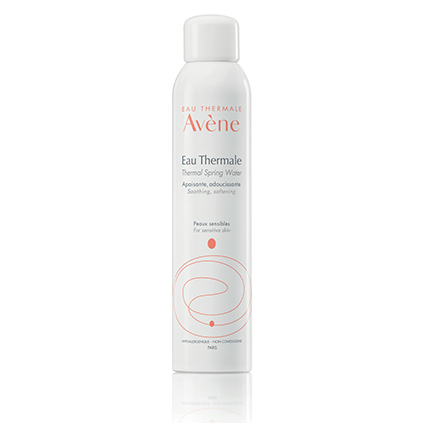
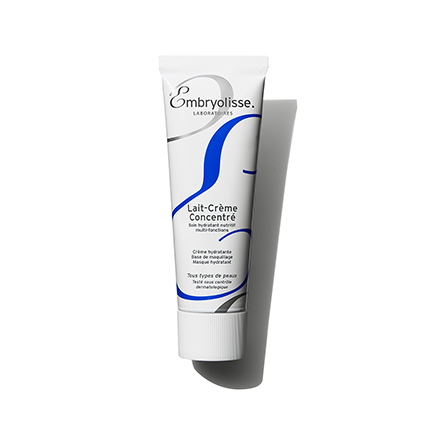
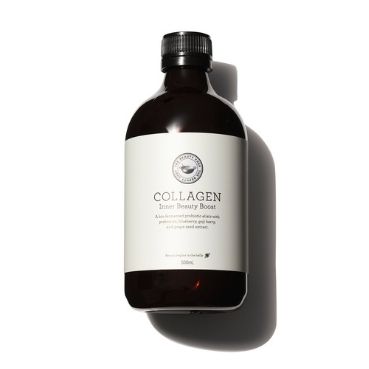
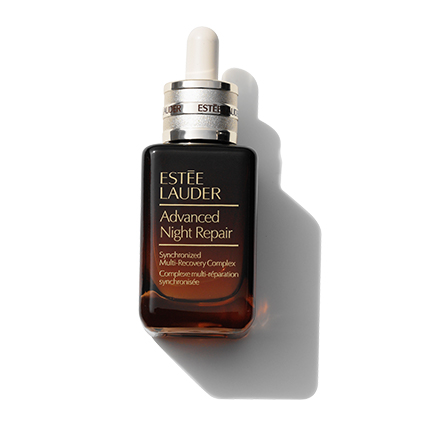
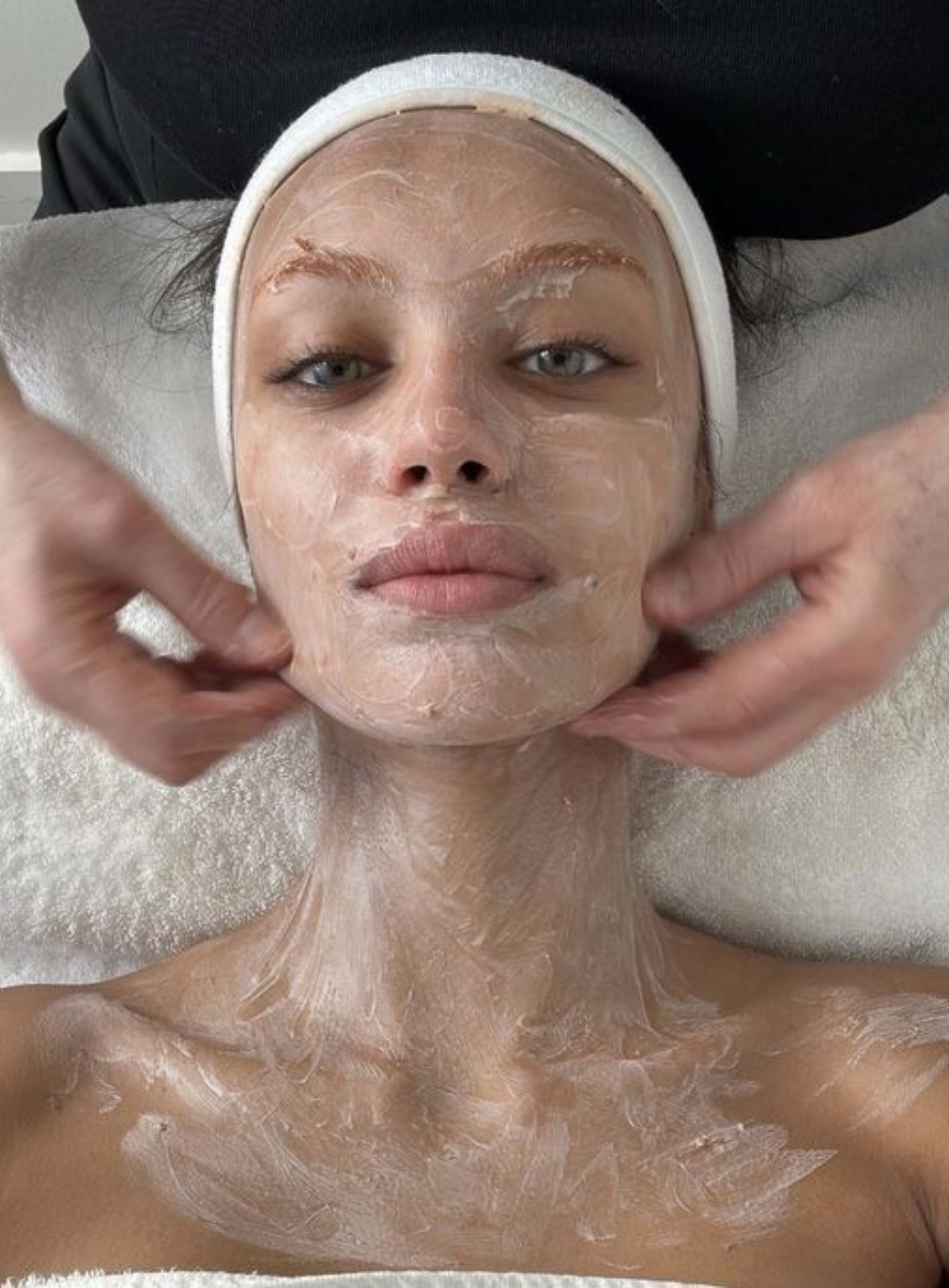


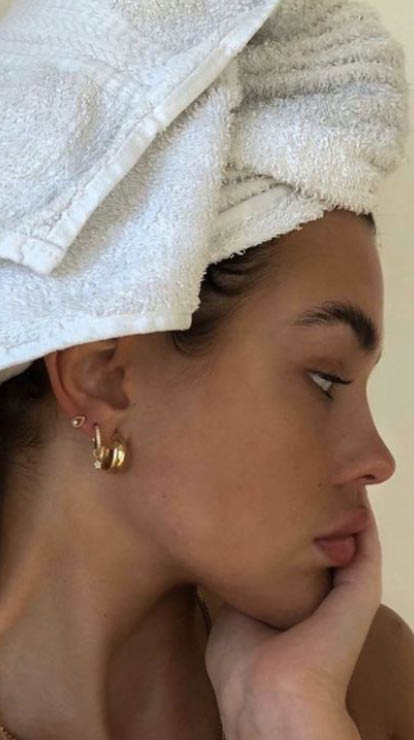




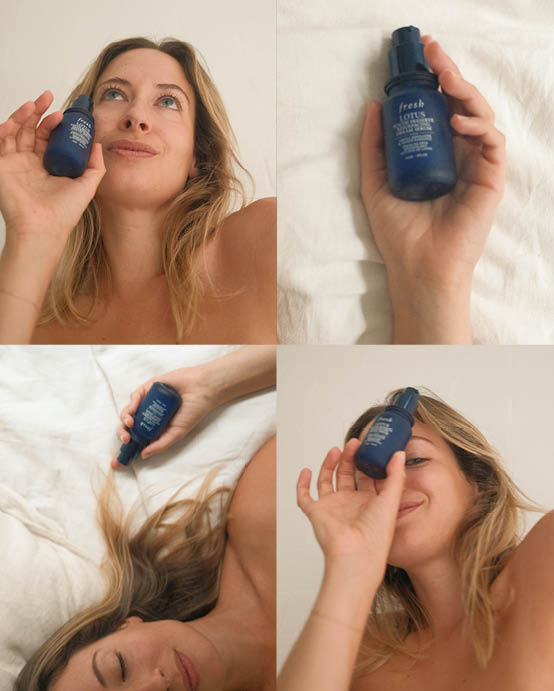
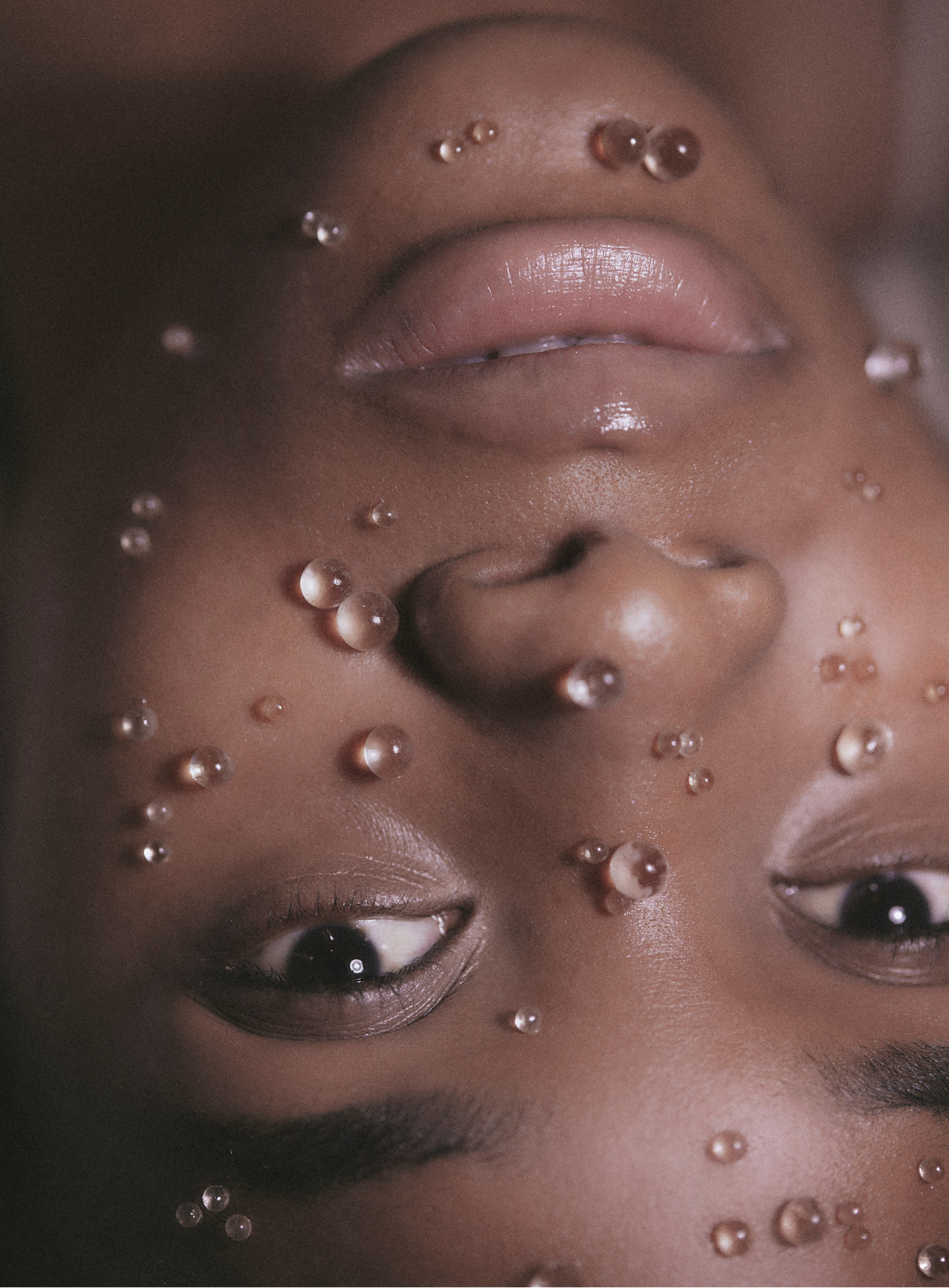
Comments
Agh! I I’ve been battling this for months now and finally on the mend. I think mine was triggered by stress and then too many chemical peels and microdermabrasion! I literally stopped using ALL skin products which for me was actually really difficult. The only thing I applied was sudocrem (yep, nappy rash cream) and it helped significantly. Once I’ve been clear for 2 weeks straight, I’ll slowly start to reintroduce gentle products again. Oh and always- water! Super important to keep your skin hydrated when moisturizers and oils can’t!